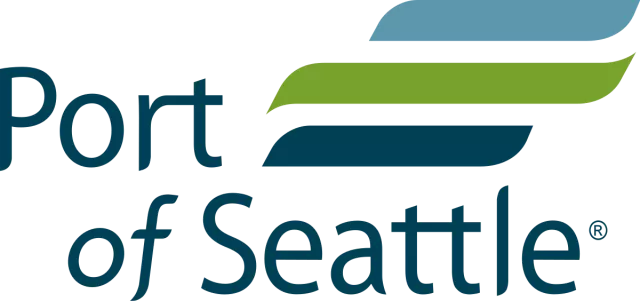CHALLENGE
Despite seemingly having all the elements in place to create a first-class culture of safety—such as a collaborative risk and safety department, and an engaged workforce—the Port of Seattle, a public enterprise in Washington State, couldn’t seem to overcome the procedural barriers inhibiting front-line supervisors and employees from proactively partnering with safety to analyze risk and prevent injuries. This kept the two groups from being completely transparent, and as a result, they struggled to meaningfully reduce worker injuries and contain associated costs.
SOLUTIONS
Ultimately, the Port of Seattle decided it needed to improve its risk and claims management technology to overcome the procedural barriers inhibiting internal communication; limiting data analysis; and hampering the prompt collection, reporting and investigation of incidents and near-miss events—all problems that, once rectified, helped to improve collaboration and, in effect, workplace safety.
- They determined the claim and incident information they needed to gather independent of one another, as well as the types of data they would benefit from sharing. Origami Risk tailored the port’s system to capture the relevant and unique information each party or both parties needed in formats that served the purposes of everyone—without requiring duplicative data entry.
- They worked alongside Origami Risk to develop a logical cadence of automated communication between internal groups and among stakeholders needing immediate knowledge of incidents or events in real-time. They created an easy and efficient way for field workers to report incidents and near misses and then automatically alert any stakeholders who might need to intervene.
- With help and guidance from Origami Risk, they determined how the captured data could be conveyed in graphical and easy-to-digest formats that would highlight any safety problem areas; prove the effectiveness of any safety initiatives, and earn support from leadership around those initiatives.
RESULTS
Fewer injuries and reduced costs The Port of Seattle experienced measurable results within a nine-month period of formalizing safety processes and getting access to more robust safety analytics from Origami Risk. Improvements to how they captured and shared data—such as near miss and incident information—helped them to intervene with safety hazards sooner.
“Analytics give us pertinent information we need to intervene before a hazard causes an injury,” said Britney Gallagher, workers’ compensation manager for the port. “We’re able to focus our efforts on preventing incidents, instead of reacting to them. Being proactive and collaborating with our front line supervisors, tenants and employees has created a new culture committed to having our employees go home safely.”
Within a nine-month period of formalizing safety processes and getting access to more robust safety analytics from Origami Risk, The Port of Seattle experienced a:
- 19% reduction in its OSHA Incident Rate
- 15% reduction in lost workday injury case rate
- 37% reduction in costs
Improved morale
Interestingly, the open communication fostered by Origami Risk’s automated near miss reporting, incident collection, alerts and task assignment features has encouraged employees to be more engaged with safety. They understand the impact their engagement has on workplace safety and injury prevention, said Gallagher.
“Our employees feel like we value their contributions,” she said. “With Origami Risk, they know when a near miss or hazard is reported, it won’t fall through the cracks because of communication breakdowns or procedural barriers. As a result, they report more, and we can prevent injuries. This engagement has had a positive impact on employees’ morale, which can often influence their commitment to workplace safety.”
Further Collaboration
Gallagher and her colleague Sara Kern, the Port of Seattle’s risk claims manager, said she is amazed at how Origami Risk can be tailored to accommodate each department’s separate objectives while still facilitating collaboration between the two groups and with field users for their common goal of workplace safety. They said the system has really allowed them to look at safety holistically.
“There was never a question of whether we would use the same (risk and claims management) system,” Kern said. “We had to find one that worked for both sides of the house in order to further collaboration efforts. Origami Risk’s ability to tailor the system to fit both group’s needs, but still increase transparency among departments, has been critical to us working together to improve safety.”
